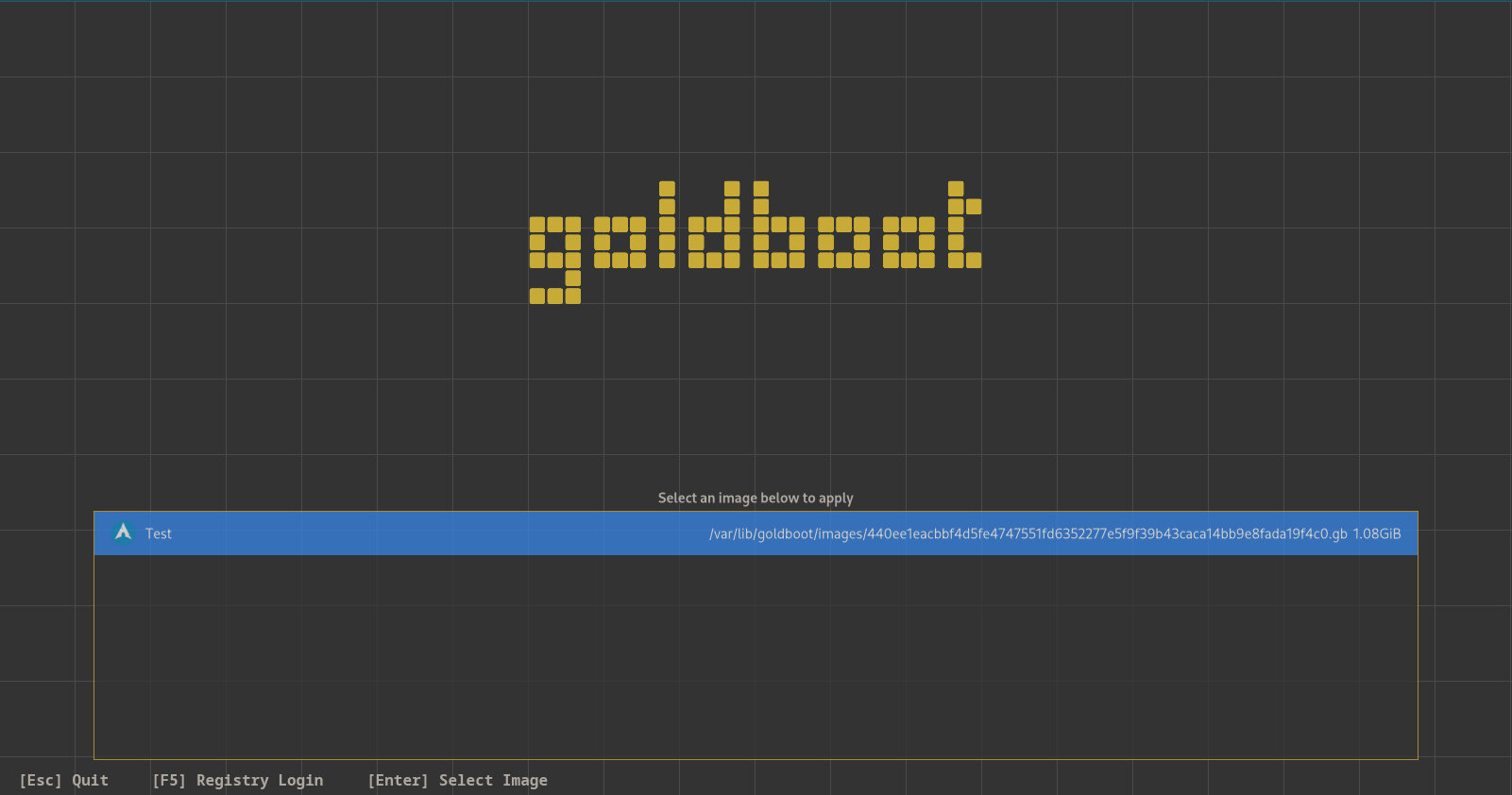
People usually don't reinstall their OS from scratch very often. When they do, chaos ensues the moment they reach that pristine desktop or terminal. Settings get changed, applications are installed, bloatware is removed, files are downloaded here and there. The system is generally altered from its original state into a new "customized" state by a manual flurry of mouse clicks and key presses.
This standard approach is like mutable infrastructure, meaning you mutate the state of your system repeatedly until it eventually suits your needs. And when something goes awry, you have to make the necessary changes to get it back in line.
For most people, mutable infrastructure works out fine until something major breaks or they have to migrate to a new computer altogether. In these cases, they probably end up starting over from scratch and reapply their changes again (and probably slightly differently this time).
Sophisticated computer elites probably practice immutable infrastructure. Meaning that, every time they boot their system, its state begins almost identically to the time before. Any changes that are made during the course of runtime vanish on reboot. This approach has some real benefits, but requires quite a bit of effort from the user.
goldboot is a tool that builds machine images for real hardware that can help you achieve something close to immutable infrastructure without creating a lot of extra work for yourself.
In the goldboot approach, you create a declarative configuration file for each machine that you want to deploy. Using this configuration, goldboot builds an image either on your local machine or on a CI platform like Github Actions. The resulting image can be deployed to real hardware via a USB drive or through PXE boot.
Warning: this tool is totally unfinshed and should be used for testing only! Proceed at your own risk!

goldboot is approximately what you would get if docker and packer were mixed together. Instead of building containers or virtual machines, goldboot builds images for real hardware.
These machine images (also known as golden images) contain your operating system(s), applications, software patches, and configuration all rolled into one easily deployable package.
Like Docker images, your goldboot images can be stored in a registry and pulled onto real hardware.
Installation
Docker


Install from DockerHub
alias goldboot="docker run --rm -v .:/root fossable/goldboot"
Crates.io
Install from crates.io
cargo install goldboot
Arch Linux


Install from the AUR
cd /tmp
curl https://aur.archlinux.org/cgit/aur.git/snapshot/goldboot.tar.gz | tar xf -
makepkg -si
Nixpkgs
Install from nixpkgs
nix-shell -p goldboot
Github Releases
Install manually from Github releases
curl -o /usr/bin/goldboot https://github.com/fossable/goldboot/releases/download/goldboot-v0.0.7/goldboot_<platform>
chmod +x /usr/bin/goldboot
Dependencies
apt-get install -y libudev1 libgtk-4-1 libglib2.0-0
Github Actions
Running on Github actions
Building golden images with CI is common practice, so there's also a Github action to make it easy:
steps:
- name: Checkout
uses: actions/checkout@v4
- name: Build goldboot image
uses: fossable/goldboot-action@main
with:
config-path: goldboot.json
output-path: image.gb
- name: Save image artifact
uses: actions/upload-artifact@v3
with:
name: my_image.gb
path: image.gb
Examples
The goldboot-examples repo contains example configurations of all supported OS types and system architectures. They are built on a weekly schedule against the latest version of goldboot.
| Linux | Windows | macos |
|---|---|---|
 | ||
Example walkthrough
Let's build a basic Arch Linux ![]() image to prove we're real Linux users.
image to prove we're real Linux users.
First, create a directory to hold our configuration (which can later be tracked in version control):
mkdir Test && cd Test
Initialize the directory and choose ArchLinux to start with:
goldboot init \
--name Test \
--os ArchLinux \
--size 10G \
--format json
This will create goldboot.json which contains configuration options that can be tweaked to suit your needs. For example:
{
"alloy": [
{
"os": {
"ArchLinux": {
"hostname": "YeahIUseArch",
"root_password": {
"plaintext": "123456"
}
}
},
"source": {
"Iso": {
"url": "https://mirrors.edge.kernel.org/archlinux/iso/2024.01.01/archlinux-2024.01.01-x86_64.iso",
"checksum": "sha256:12addd7d4154df1caf5f258b80ad72e7a724d33e75e6c2e6adc1475298d47155"
}
}
}
],
"arch": "Amd64",
"name": "Test",
"size": "10G"
}
There are many ways to customize the image, but for now just build it:
goldboot build .
Once the build succeeds, the image will be saved to the system's library directory. To deploy it to a physical disk, you can include the image on a new bootable USB drive:
# THIS WILL OVERWRITE /dev/sdX!
goldboot liveusb --output /dev/sdX --include Test
Once the USB is created, you can use it to boot into the goldboot live environment and select an image to deploy:

Once the image has been deployed, remove the bootable USB drive and reboot the machine.







